Here in the Central Maryland and South-Central Pennsylvania area, Autumn is in full swing now. The colors of the leaves are rapidly changing and many of the trees have already lost their foliage and are preparing for the forthcoming winter season. Temperatures have dropped dramatically here in the last week and are forecasted to drop further into the coming weeks. We have experienced several frosts already and we have even dipped below the freezing mark. Along with the gorgeous scenery Fall brings us, it also brings with it some crazy weather shifts and some strong winds, especially in November. Although March has the reputation traditionally for being windy, being an avid outdoorsman, I can assure you that November is just as windy if not windier! Since winter will be here before we realize it, now is a perfect time to focus a little attention and effort on your home in order to keep things running smoothly and to help maintain a safe and comfortable home for you and your loved ones. Here are some Fall home maintenance ideas and tips for you, courtesy of your friendly home inspector!
Roofing, Gutters & Downspouts
Most people do not think much about their roofing, gutters, and downspouts throughout the year. We may occasionally catch a glance of them and think nothing more of them because they are “just there”. Yet, these systems are one of the most important systems in your home when it comes to preserving your health and safety and for keeping you and your home and belongings dry and comfortable! Fall is one of the worst times of the year for our roofing, gutters, and downspouts. Not only do leaves, twigs, branches, seed pods, and the like get onto our roofs and into our gutters and downspouts, but the volatile weather shifts bring high winds which can often damage these systems, too! You may look up onto your roof and see a bunch of leaves, twigs, branches, and other debris and think “no need to clean that off, the wind will take care of it.” However, ignoring roof debris can bring big problems. Often times, our roofs collect the debris because wind, etc. have blown it onto our roofs. Although some debris may get completely blown off, it usually will collect to some extent and get trapped on our roofs and in our gutters and downspouts. Roofing valleys (areas where 2 or more roof planes meet or join) are notorious places for collecting leaves, twigs, acorns, seed pods, and more! Once these materials get wet from rain, etc., they begin to deteriorate and clump together and can get stuck there until removed by us. Some of the debris may break up and slide down the roof and into the gutters. Even if you have gutter screens or covers, small debris still has an amazing ability of finding its way into our gutters sometimes anyway.
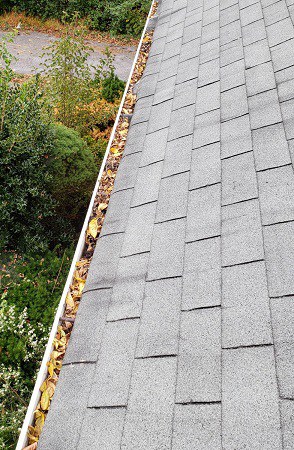
Once in the gutters, the debris will eventually collect at the ends and clog up our downspouts. Once this happens, our gutters become filled with water during precipitation runoff from the roof. Gutters are lightweight and are not designed to hold water continually. At about 8 pounds per gallon, gutters can become very overburdened by the water weight and can become damaged, separating from the fascia and/or developing leaks. With nowhere else to go, the water eventually will overflow the gutters and run down the fascia, eaves, walls, etc. and go precisely where we were trying to keep it from going in the first place – against the foundation! This can lead to moisture intrusion and/or damp basements and crawlspaces and even dampness at ground level floors in slab-on-grade homes. Debris holding fast on our roofs prevents our roofing surfaces from being able to fully dry out, and this in turn promotes deterioration of the roofing materials and can lead to shorter lifespans. If you are not comfortable with doing so yourself, hire a professional to mount your roof, survey it, and clean off the debris from roof surfaces and from inside gutters and downspouts. Be sure to note any roofing surfaces that may have become damaged such as bent, broken, or missing shingles and make any necessary repairs. Also survey the roof flashings, particularly those around roof penetrations such as vent pipes and chimneys, and make any repairs to those as well. On an average size home’s roof, a mere half inch rain storm can produce almost 1,000 gallons of water to shed away from your home! Keep your roof in good shape, and it will in turn keep your home in good shape!
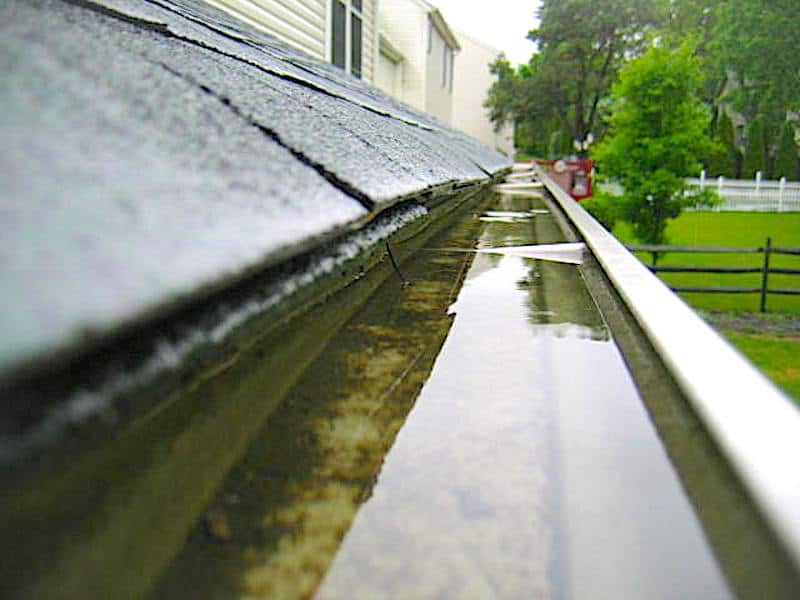
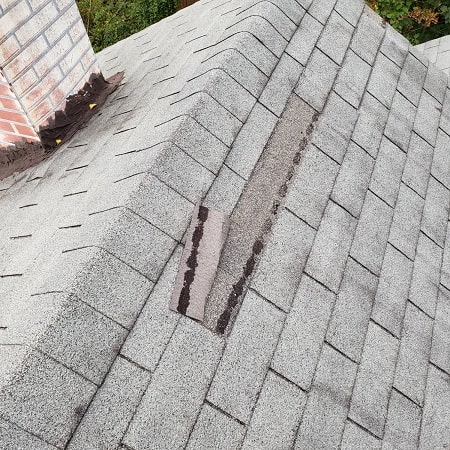
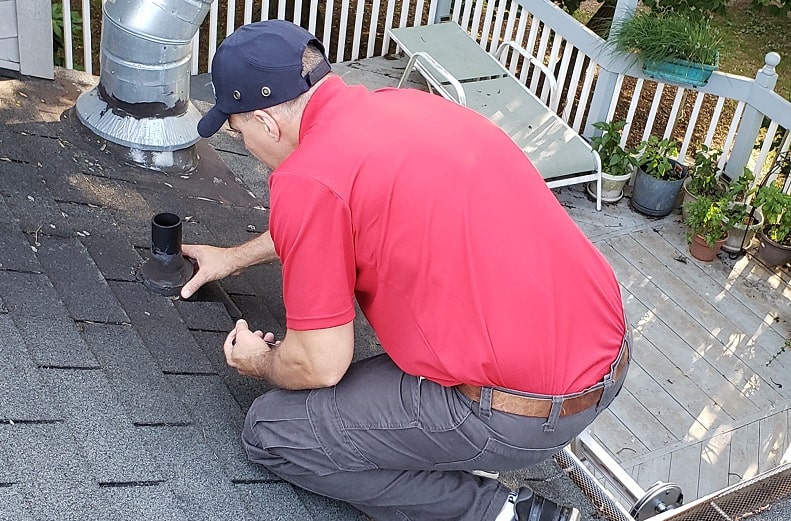
Leaves
Aaahhh, the dreaded leaves of Fall! Although the leaves bring beautiful scenery with them in Autumn, they also quickly fall of the trees and fast become a huge headache and mess for us to clean up. For some of us, a yard filled with leaves is unsightly, while for others, the leaves are merely a part of the season and do not seem to bother us. Whether you enjoy them or not, leaves are generally not good for our homes or our lawns when left merely to nature’s ways. The winds of Fall undoubtedly will blow leaves around and can move large quantities of them even into places where there are no trees in the immediate area. Our houses tend to act as huge backstops that tend to block the corridors the leaves travel as the wind blows them around. Before we know it, our flower beds and shrubbery and foundation walls can collect huge piles of leaves against them. Left unaddressed, these piles of leaves become wet and being to decay. Mold begins to grow and feed on the decaying organic materials the leaves provide and begins to reproduce via airborne spores. If someone in your family suffers from seasonal allergies, you are likely not doing them any favors by letting the leaves sit near your house! As the piles of leaves stay against our homes, they tend to remain very wet and they keep our foundation and exterior walls from being able to properly dry out. This, in turn, can cause exterior finishes and materials to deteriorate more rapidly, leading to flaking paint, rotting trim, etc.
Leaves also tend to notoriously collect in basement stairwells and will quickly clog the floor drain(s). Clogged drains, of course, lead to plumbing overflows, and then lead to water damage and even flooding. If your home has a crawlspace, leaves can even block your airflow vents and can cause unseen problems due to moisture in your crawlspace if not remedied due to the lack of proper air exchange in and out of the space. If you enjoy a nice green lawn, you will not want to allow leaves to cover your grass for very long periods of time. Although leaves eventually decay, this process takes time and leaves can and will kill areas of your lawn if left in place for too long by blocking the grass from necessary sunlight.
Use a rake and/or blower and/or leaf vacuum and be sure to remove the leaves away from your foundation, exterior walls, doors, windows, etc. Be sure to either collect the leaves into approved biodegradable bags to taken by your local refuse removal service, or better yet, compost them using a composting blade and lawnmower or chipper/shredder or moving them to areas well away from the house and letting them naturally decay. A lawnmower with a composting blade is a great way to reduce the footprint of the leaf materials in the grassy areas and promotes a much quicker biological breakdown of the organic matter which also helps to naturally fertilize your lawn and beds.
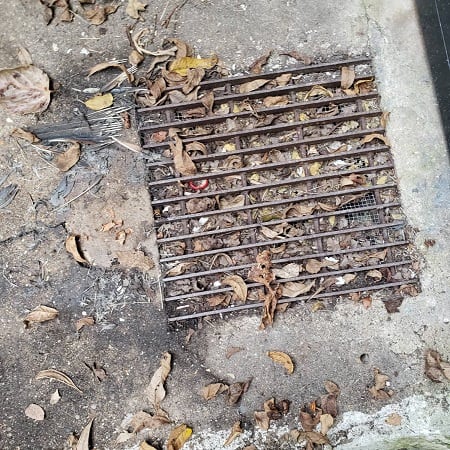
Paint & Caulk
Before temperatures drop too low, be sure to go around the exterior of your home and perform a good and detailed survey of all of your doors and windows and vents. Pay particular attention to the surfaces of the doors and windows themselves and note any flaking, chalking, or deteriorated paint surfaces. Additionally, check the seams along the edges of the doors and windows and vents, particularly where they meet different surface materials. Often times these seams and edges are sealed with a caulking material. Caulking materials not only prevent unwanted moisture from entering between these edges and seams, they also act as an insulation material to keep unwanted drafts of air from using them. Due to Physics and the law of thermodynamics, heat energy will move to where it is colder. In Fall and Winter, that means the heat inside our homes wants to escape from our house and move to the cold outside. Since we spend our hard-earned dollars to heat our homes and keep us comfortable, we, of course, want to keep the heat INSIDE our homes!
Periodically refreshing our exterior caulking and painted surfaces will help us achieve the goals of energy conservation and keeping our homes dry and protected. Painting and caulking can be very easy tasks for the average do-it-yourself homeowner. If you are not familiar with the process, the Internet is full of good resources and/or your local hardware stores will be happy to give you tips on the process and make sure you get the proper types of paint and caulk for your project. If you need to use a ladder to access any of the exterior windows and doors, be sure to ALWAYS practice ladder safety! If you are not comfortable with using a ladder, be sure to hire a professional to get the tasks done for you.
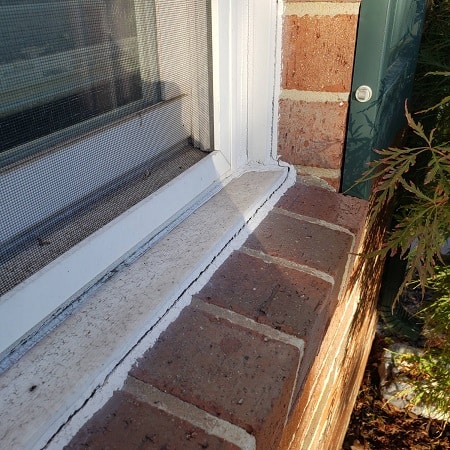
Exterior Faucets
A lot of homeowners do not think about their exterior faucets and/or hose bibs in the Fall … until they freeze and cause a big plumbing problem! Here in the Maryland and Pennsylvania area, we have already had freezing temperatures and we will undoubtedly experience lots more freezing weather as late Fall and winter approaches. As a responsible homeowner and someone who does not like expensive home repairs, you should take some proactive measures to prevent frozen pipes. According to the International Association of Certified Home Inspectors (InterNACHI), the Plumbing-Heating-Cooling Contractors Association says that homeowners are 5 times more likely to file an insurance claim for water damage than they are for fire damage during the life of their homeowners’ insurance policy. Taking a few extra minutes to once winterize your exterior hose bib and hoses can save you hundreds if not thousands of dollars in potential damages to your home from frozen plumbing, burst pipes and fixtures, and resulting water damage they can cause. The procedure does not take much time to do and will be well worth it to save a huge disaster. It is also just as easy to reverse the steps to begin using the faucet/hose bib on warmer days. Just remember, if the weather warms and you use a faucet/hose bib, DO THESE STEPS AGAIN!
Follow these simple steps to protect your home:
- Locate all exterior faucets/hose bibs and disconnect any hoses, accessories, etc. and drain them for winter storage. Leaving water in hoses and accessories can damage them, too, once freezing temperatures return.
- Locate the shut-off valve on the inside of your home for each exterior faucet/hose bib (if they exist) and close the valve. If your exterior faucets/hose bib is a standard/stop-and-waste type, there should be an interior shut-off valve. If your exterior faucets/hose bib is a frost-free type, you may or may not have an interior shut-off valve. Frost-free type faucet/hose bibs have a specially-designed long stem that places the valve on the interior of the plumbing and often also have a vacuum breaker device that allows water to automatically drain out of the faucet/bib when turned off. For frost-free types, turning the faucet off is all that is needed, but it you can have an added measure of safety if you do all four steps anyway.
- Once the interior shut-off valve is closed, open the exterior faucet/hose bib to drain any water from it. If water continues to flow after a few seconds, double-check the interior valve from step #2 to ensure the valve is the correct one for that faucet/bib and to make sure it is completely closed.
- Optional step: add protection. You can add a foam insulation cover around the exterior faucet for extra protection if desired.
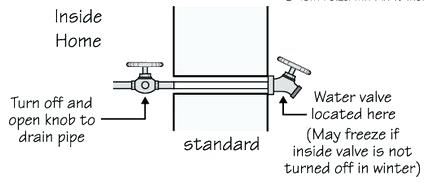
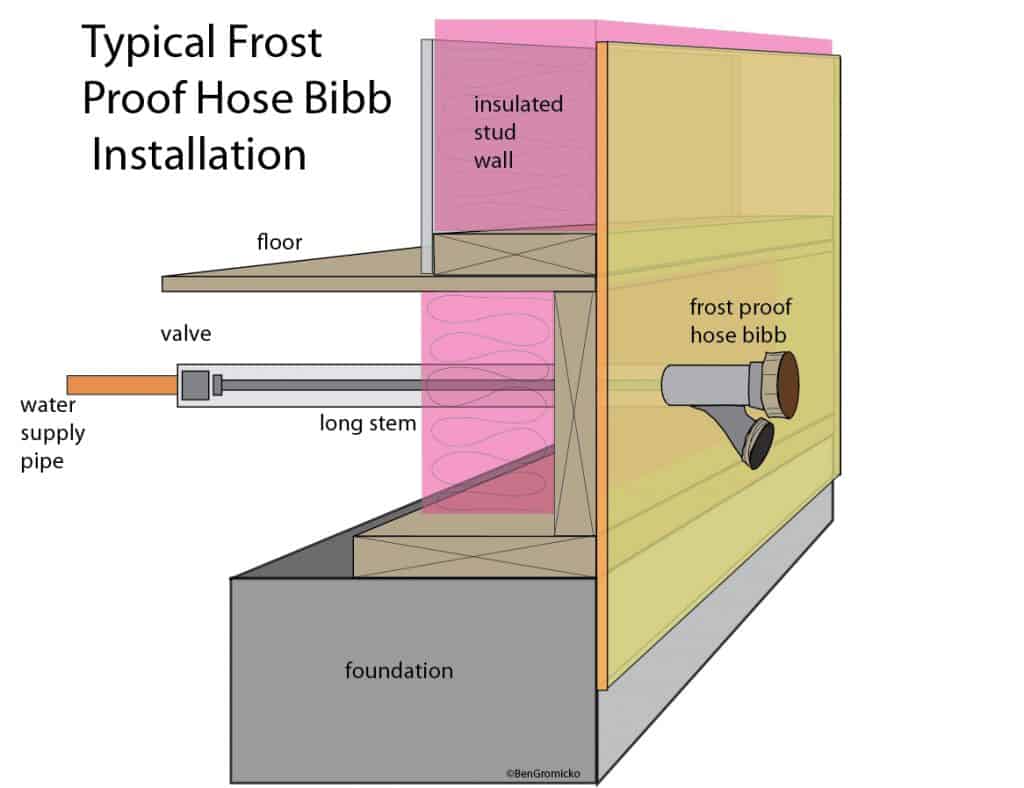

Summary
We home inspectors always impress upon our clients that regular home maintenance is necessary for the health and safety of the home’s occupants and to maximize the life of the home and to protect your investment. Although we check for all of these things in this article when performing a Maryland and/or Pennsylvania Home Inspection and can bring them to your attention, as a homeowner you can do a lot to keep your home running in tip-top shape by doing these small maintenance checks periodically. Once again, SAFETY should always be foremost in any maintenance tasks. Do not perform any maintenance checks or tasks with which you are uncomfortable or not confident in doing – be smart and hire a professional.
Call Absolute Assurance at 443-939-HOME (4663) for all of your Home Inspection needs including full and partial home inspections for buyers/sellers/investors, rental inspections, annual home inspections, mold inspection and testing, radon testing, and water testing!
